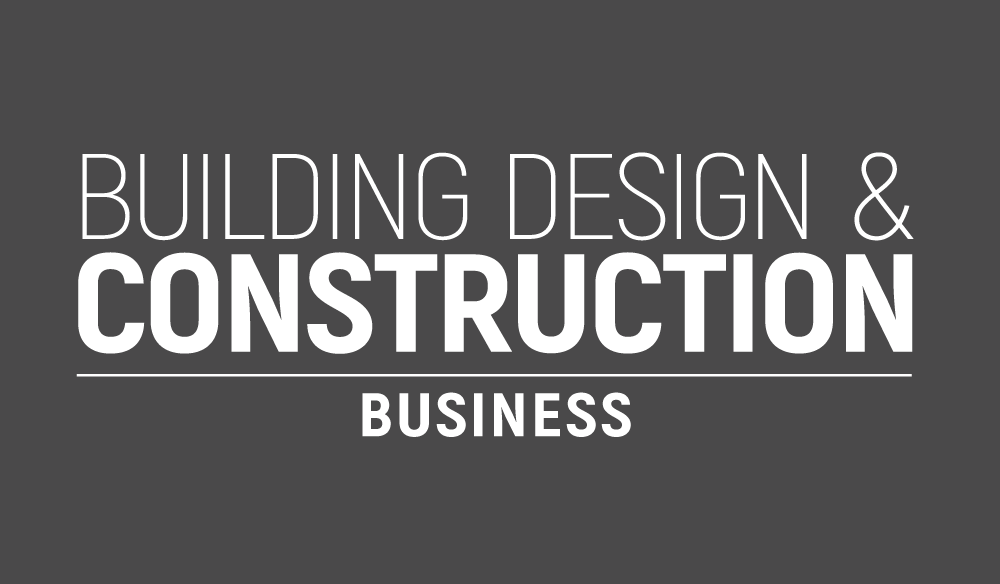Image is really important in business, and in the construction industry in particular. No one is going to spend huge sums of money employing a company that has a poor image, and they will probably be wary of employing a construction company that has little to no public image at all too. Customers want a sure thing; they want a company they can trust to handle their construction projects, so if you cannot offer them that, chances are you will not get as much work as you would like. The good news is, there are lots of things you can do to either establish your image as a construction company, or clean it up if things have gone wrong, and most of them are pretty simple, as you will see below. Start right and do a good job It’s pretty obvious, but if you want to improve your construction company’s image, then the first thing you need to do is ensure that all of your working practices are kosher and that you and your team are doing the best possible job you can on every job you do. Yes, there are many things you can do to firefight a poor reputation, but it is far easier not to build a poor reputation in the first place. Respond to complaints (and do so calmly) If you do get a complaint from a customer who is perhaps not entirely satisfied with the work you have done, it can be all too easy to get offended and start arguing the toss with them on social media or in reviews, but this is only going to make you and your company look worse. It is far better to deal with complaints calmly, put your idea across factually if you think that the review has been unfair, and ask what you can do to come to a mutually acceptable conclusion. Even if you do get a bad review, if other people see that you have engaged with it, kept your cool, and acted reasonably, they will be more likely to look favourably on your business than if you act like a lunatic. Oh, and if you have made a mistake, owing in up to it right away and offering to put it right will help a lot because everyone knows mistakes do happen, and if they can see you are willing to own them and put them right, they will be more inclined to giver you a chance than someone who goes into denial. Collect testimonials One thing that can massively help to improve your image as a construction company is positive testimonials. So many people are unwilling to hire a contractor unless they can see that they have done good work for lots of other people in the past. So, a portfolio of your previous works, along with testimonials from satisfied clients, that you can produce when asked, or have readily available on your website, will definitely help you to give your image a positive boost when you need it. Turning up when you say you will Most people, when they hire a contractor, do not expect them to show up when they say they do due to bitter past experiences. It can be really annoying when a construction company tells you that they will start work at 9 a.m on Monday but you don’t so much glimpse them until the Thursday of that week. So, one way you can really set yourself apart and ensure that you have a good reputation is by turning up when you say you will, and furthermore, not promising things you can’t keep. If you will not be able to complete digging the foundations until Friday, don’t tell them it will be done by Wednesday to keep them pacated. Be open, be honest and do what you say you will and your reviews will be glowing compared to the next construction company in your town’s. Offer free quotes Another easy win is to offer free no obligation quotes that are really free and where no hard sell takes place. For one thing, customers love freebies, from promotional USB drives and totes, right down to free quotes, and for another, they hate feeling like they are being pressured into going with a particular company. So, if you offer them a free quote, and you don’t lean on them to go with you, they will almost certainly have a more positive impression of you than many other competing construction companies in the area, and that will position you as the number one choice of many, all other things being more or less equal. Treat people’s homes with respect As a construction company, you are often trusted to enter people’s homes to carry out work, often when they are not there. When doing this, if you want to improve your image, it is important that you treat their homes with respect, making every effort not to knock things over or drag huge amounts of mud in from outside on your shoes, for example. Letting them know that you respect them and their things and will take every care to do the job on time with as little impact to them as possible is only ever going to result in positive reviews and a much more favourable first impression from many., and all it takes is a little extra thought and effort to achieve. Design a new logo Of course, often it is the small things that can improve your reputation, and a case in point is doing something as simple as redesigning your logo so that it is more modern, more up-to-date and more eye-catching. People often make snap decisions, so if your logo is dull o there is a spelling error or anything doesn’t look quite right, they will dismiss your construction company as an option. Make sure this doesn’t happen by having a professional graphic designer create a modern design that is appealing to your target audience. Treat














